We provide product design services to startups and established companies worldwide.
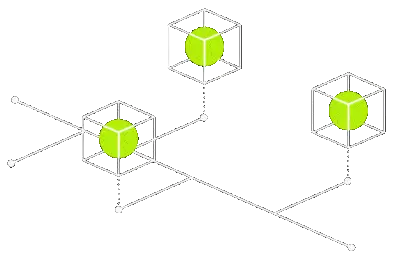
Our product design services
Web app design
Whether you want to improve an existing solution or design a new web application, we can help you design and launch your product.
- Prototyping and concept validation
- SaaS product design
- Platforms and dashboards design
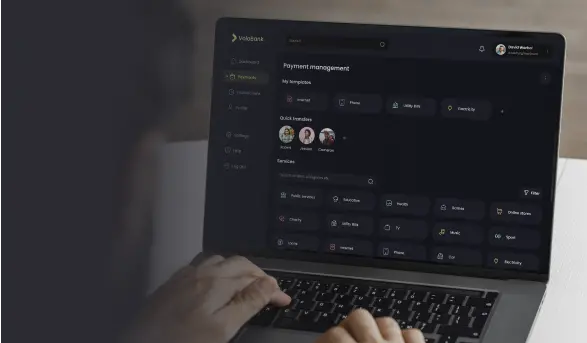
Mobile app design
We design interactive and visually appealing user interfaces for mobile applications that help users meet their needs.
- B2B and B2C mobile app design
- Validated mobile app design solutions
- iOS and Android app development
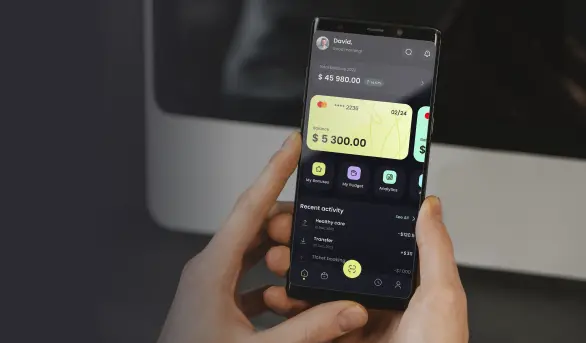
User experience design
We interview your target audience and conduct usability testing to implement research findings in your product design.
- User experience research
- Wireframing and prototyping
- UI kit and design system creation
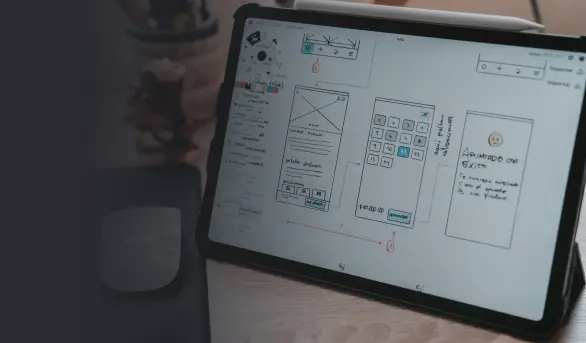
Custom solution
Our experts quickly create custom product design solutions of any complexity. Contact us to discuss your challenges and goals.
- Product design and development
- Conversion rate review and optimization
- MVP design and development
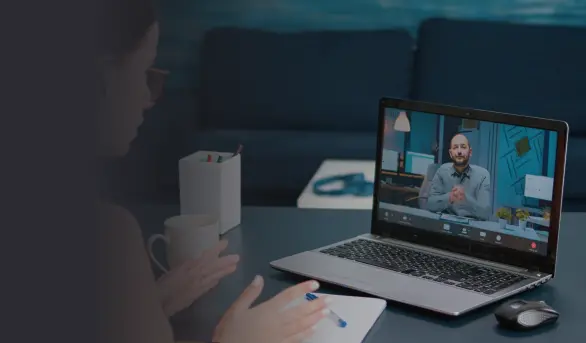
Our product design process
1. Product discovery
We kick off the product design process with product discovery, where we conduct user interviews to understand your target audience’s needs and challenges. Our experts use research findings to make data-driven decisions.
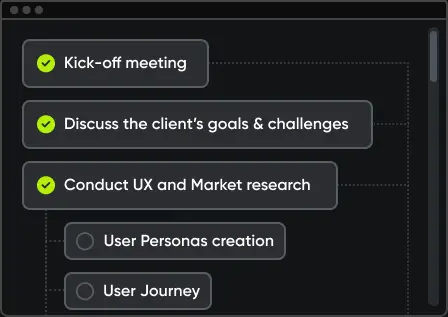
2. Wireframing and prototyping
At this step of the product design process, we create clickable prototypes to test with your target audience. The goal is to understand how users interact with a product, which design elements are unclear and require further improvements.
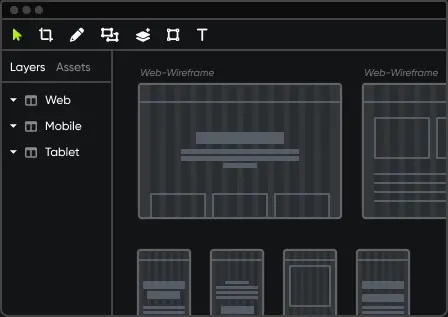
3. Iteration
Our design experts iterate the prototype based on the insights from the previous step. We test updated prototypes with the end goal of eliminating all possible friction before creating a pixel-perfect design.

4. Product design
We create a final product design, a UI kit, and a design system when we have a product prototype users can understand. We regularly discuss the progress to ensure the final design meets your business goals.
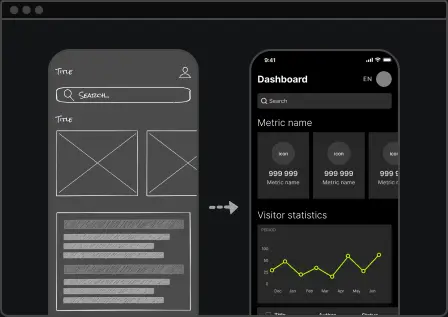
5. Product development support
As a product design company, we offer on-demand development support to help you implement design solutions correctly. In case you don’t have developers in-house, we can develop a product for you.
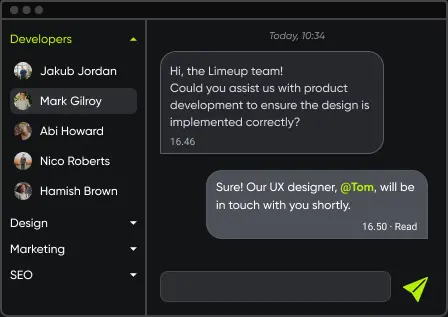
Why work with us
FAQ
What is product design?
It’s a product design process that professionals use to create innovative technology solutions that address the needs and priorities of their potential customers. This involves an in-depth understanding of how your consumers move through a digital experience by learning how to use and operate it to receive the desired outcome. Ultimately, robust product designs can help you attract and interest new customers while providing value to the company.
What is a digital product? It’s any digital item that users can purchase, download or use on a mobile application, website, or other technological platforms. Namely, these are computer programs, music production software, mobile apps, and video games.
One of the most fundamental reasons exceptional design is important is that it can help you attract and successfully bring in new customers while adding value to your brand. It’s helpful to understand the user experience, which involves knowing each step of a customer’s journey throughout their time with your company’s product or service.
What do product designers do?
Unlike UX and UI design, digital product design is a relatively new field that emerged due to the need to optimize products. Product designers focus on designing, iterating, and improving products with their teams.
Product development services include creating everything from small features to entirely new products. They are responsible for leading the product through its lifecycle, from the earliest stages of research and ideation to prototyping and testing. They shape every aspect of product design and ensure that user experience continues to evolve with customers’ needs and market demands.
Product designers often work on a project basis for clients who require their product design services for short periods. These projects can range from designing new features for an existing product or rebuilding an entire website or app product design.
The product designer tools include different software for crafting digital and physical products as well, for example, CAD design for prototyping any solutions. Since the development process is large-scale, the program’s choice depends on the type of project. It’s also essential to note industrial designers that are able to craft a physical product for your business needs and develop a concept of any manufactured product.
Now that we’ve discovered who a product designer is, let’s take a quick look at their responsibilities and product design and development skills.
Product designer responsibilities
- User, competitor, and market research
- Identifying business opportunities to increase market share, revenue and attract new users
- Understand the design and development process and the relevant constraints for product design
- Ensuring products stay up-to-date
- Defining and managing product roadmaps
- Creating and executing product strategies
- UI/UX design
- Web and app product design
- Presenting ideas and project deliverables to stakeholders
- Usability testing
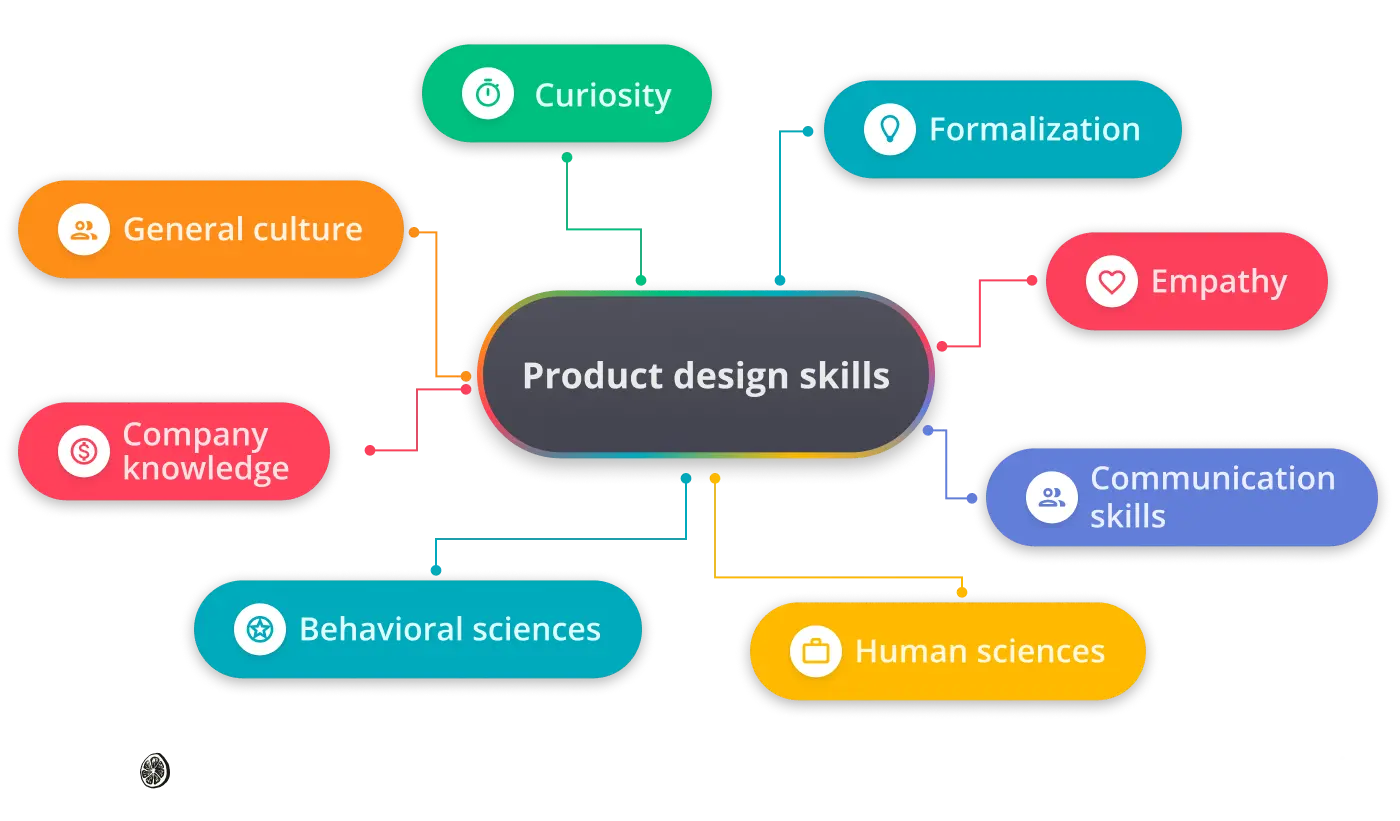
Product designer skills.
Product designer skillset
- Product design
- Problem-solving
- Project management
- Research
- Public speaking—for interviews and presentations
- General understanding of HTML, CSS, JavaScript
- Creative and critical thinking
- Long-term planning and strategy
- Technically proficient
- Business acumen
- The ability to empathize
What are the 3 stages of the product development process?
With over seven years of working in this field, Limeup experts approved the most efficient process for developing future-proof products. Here are brief descriptions of each stage:
- Define all the business needs and requirements for the current product. Thus, the development process will be based on the market research, and customer pain points you will cover with your product.
- Design and model a prototype to craft a fully-fledged, user-friendly, and visually appealing solution. Also, you are able to adjust features and observe intermediate results of the product development process.
- Develop the product according to an established plan and timelines. With an offered on-demand development service, you are able to receive an already-made solution that can be used immediately.
What is the difference between product design and UX design?
Product design and UX design can seem very similar, especially when looking at the bigger picture. Both types of designers are focused on the same end goal: creating an intuitive, easy-to-use product that provides a positive experience for users.
Both product design and UX design are tasked with the same product design services, like crafting interfaces that are useful and easy to use. Product and UX designers often partner together to improve the user experience through different product touchpoints. However, product and UX designers take their work with digital product design and development differently.
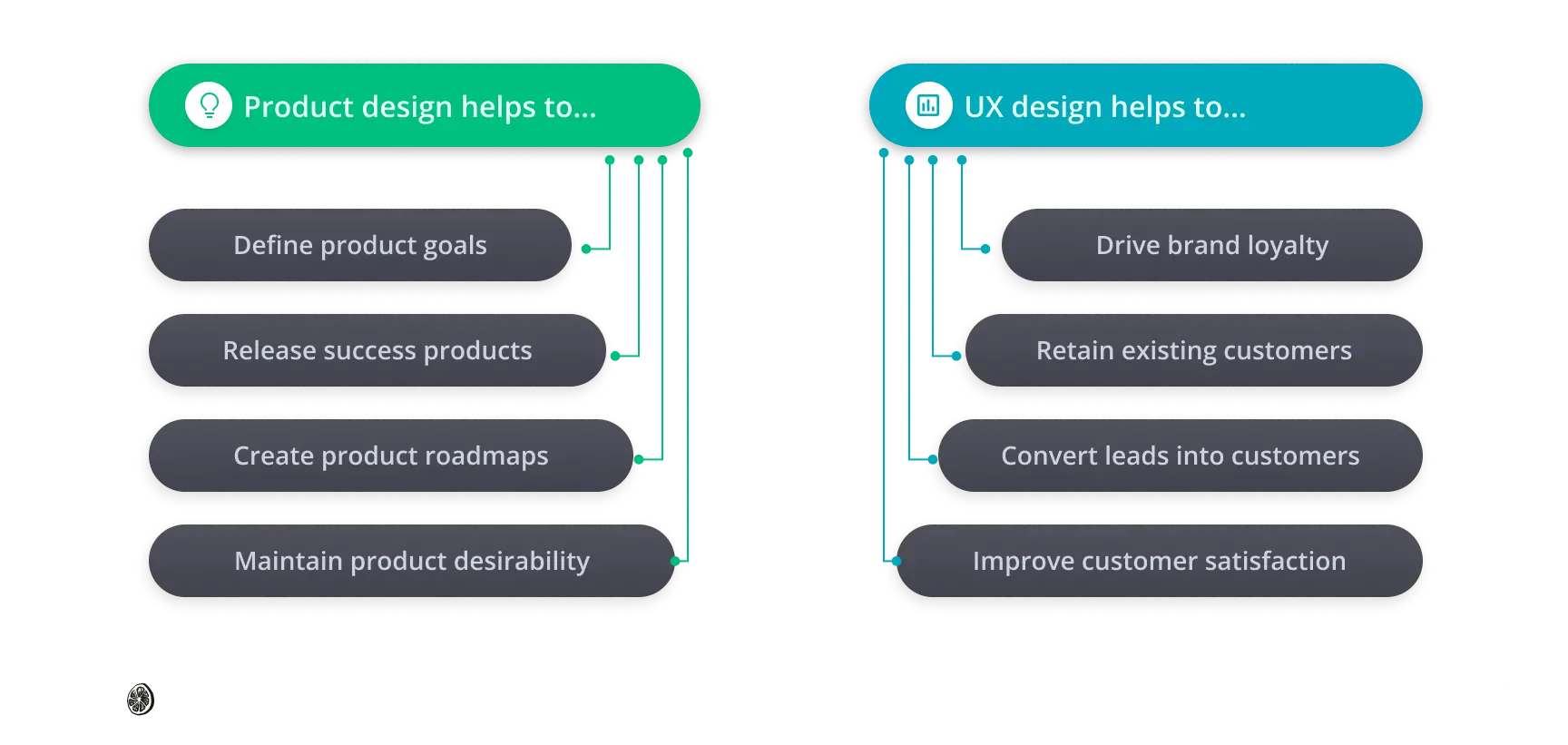
Product design vs user experience design.
Product designers are responsible for implementing product design services like researching, designing, and building products. They focus on the product’s user experience, which means they are always looking to improve it by making it more intuitive and responsive. On the other hand, UX designers focus on understanding how a product works for its users. They consider factors like usability, accessibility, and functionality to ensure that a product’s overall design is as effective as possible.
Product design services include researching and identifying problems with a product’s usability, and this is done through various methods like usability testing or surveys. A UX designer will then use this information to create wireframes and prototypes of new designs. These designs can be tested again using various methods to gauge their effectiveness in solving the problem identified by the UX designer.
What are the primary product development services?
These services aim to launch digital products for businesses that want to create new products to attract customers, identify marketing opportunities, and more. The primary ones stand for:
- The design project is a crucial aspect of the initial creation process, which involves prototyping, wireframing, and using various product design tools to build innovative and up-to-date solutions.
- Prototyping for creating a digital or physical product model represents the future result. Limeup’s design process is built within sprints, presenting you with demo versions and prototypes to ensure the result is satisfying.
- Manufacturing stands for the actual production line, and the manufacturing process includes quality control, distribution, and ensuring the product is designed according to the plan.
It’s worth clarifying that product services are not limited to creating digital solutions but also include the industrial design of physical products.
When crafting exceptional product design, we focus on your customers to deliver a world-class user experience. For more than seven years, we have been delivering digital products for businesses in various industries worldwide, from startups to enterprises.
Our cooperation will allow you to receive your implemented idea quickly and effortlessly, saving time for current business needs that depend on you. We develop projects of any complexity, from mobile apps to CAD design, with a strong focus on trends and world-class quality.
Create your product with us

Account Executive

Business Development Manager
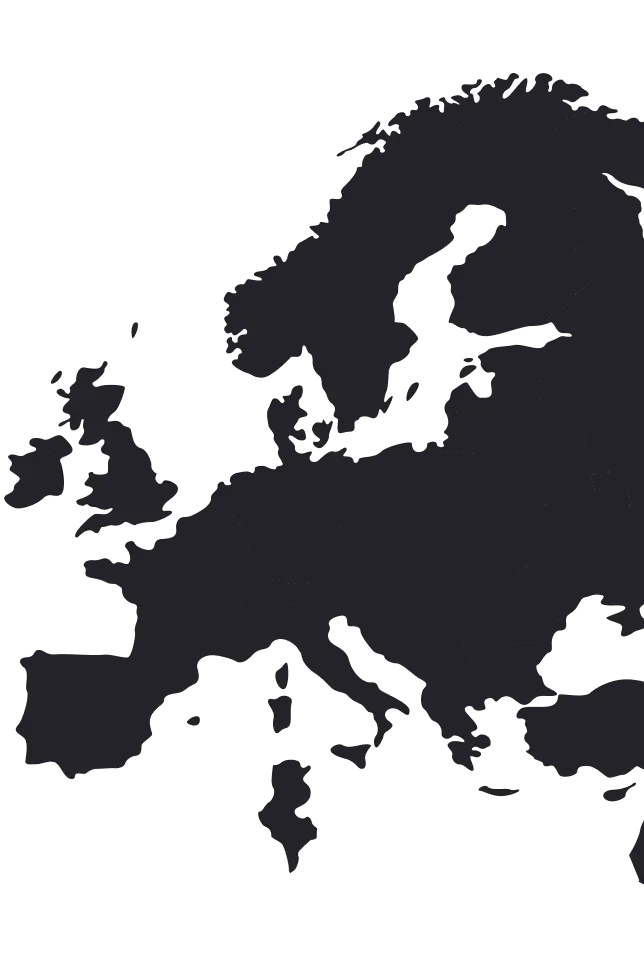

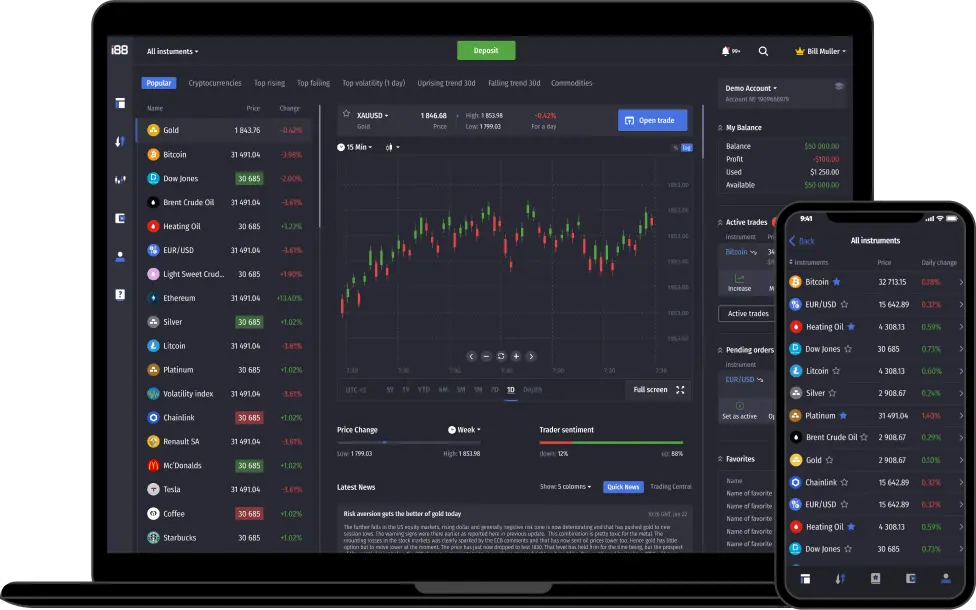





Technologies INC